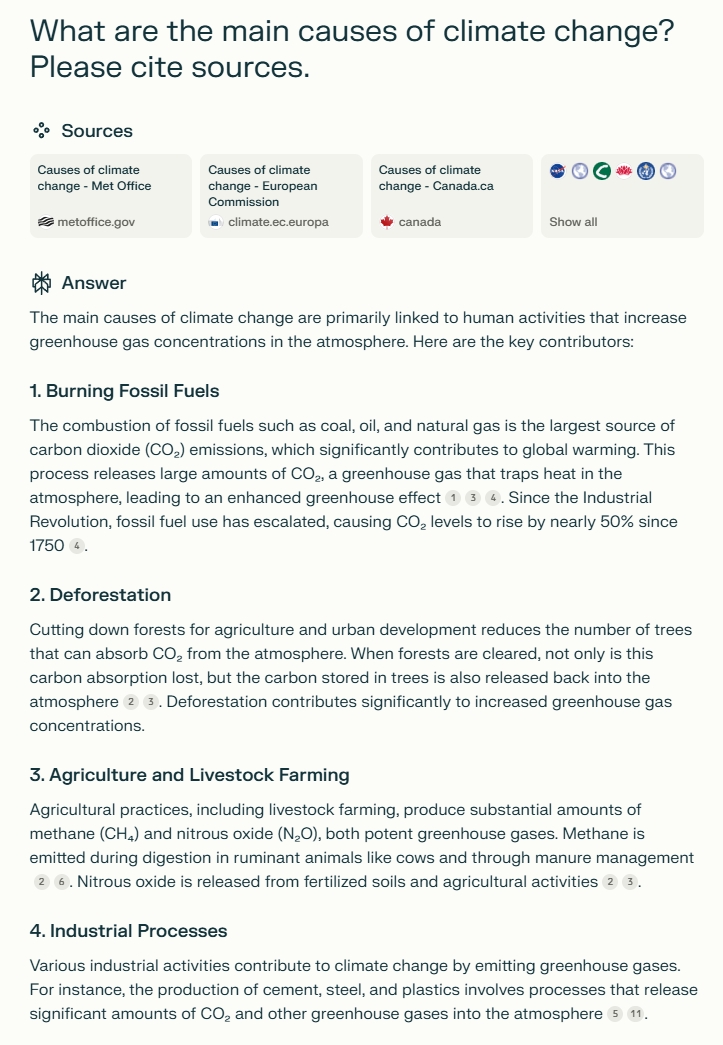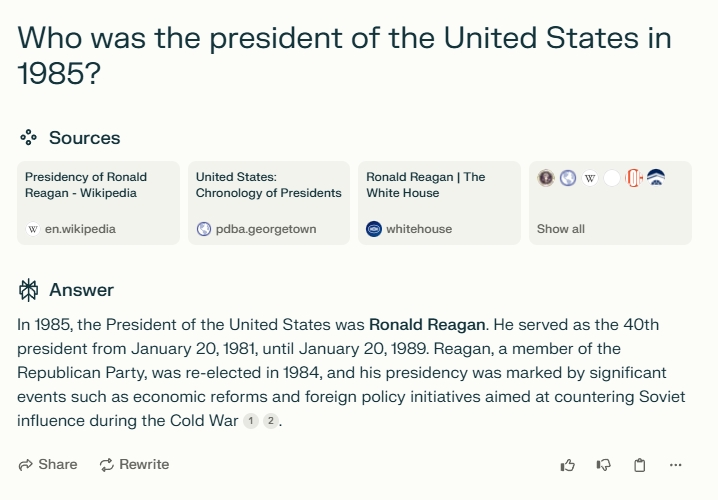Perplexity vs ChatGPT: Which AI Tool is Better?
Artificial intelligence has revolutionized the way we work, communicate, and create—and at the heart of this evolution are tools like Perplexity AI and ChatGPT. Perplexity AI focuses on delivering accurate, fact-driven responses, making it a go-to choice for research and quick information retrieval. On the other hand, ChatGPT excels in conversational fluency, creativity, and flexibility, making it a favorite for tasks like content generation, coding assistance, and customer support.
As the demand for AI tools comparison grows, users are increasingly asking the same question: Which tool is better for my needs—Perplexity or ChatGPT? While both are powerful in their own right, they cater to different audiences and use cases, and understanding these differences is key to making the right choice.
In this article, we’ll take a closer look at Perplexity vs ChatGPT, comparing their features, strengths, and ideal applications. Whether you're a professional, student, or simply an AI enthusiast, this guide will help you determine which tool aligns best with your goals. Let’s dive in!
Overview of Perplexity AI
Perplexity AI is an AI-powered answer engine that delivers accurate, trusted, and real-time responses to user queries. Unlike traditional search engines that provide a list of links, Perplexity AI synthesizes information from multiple sources to present concise and direct answers, complete with inline citations for easy verification.
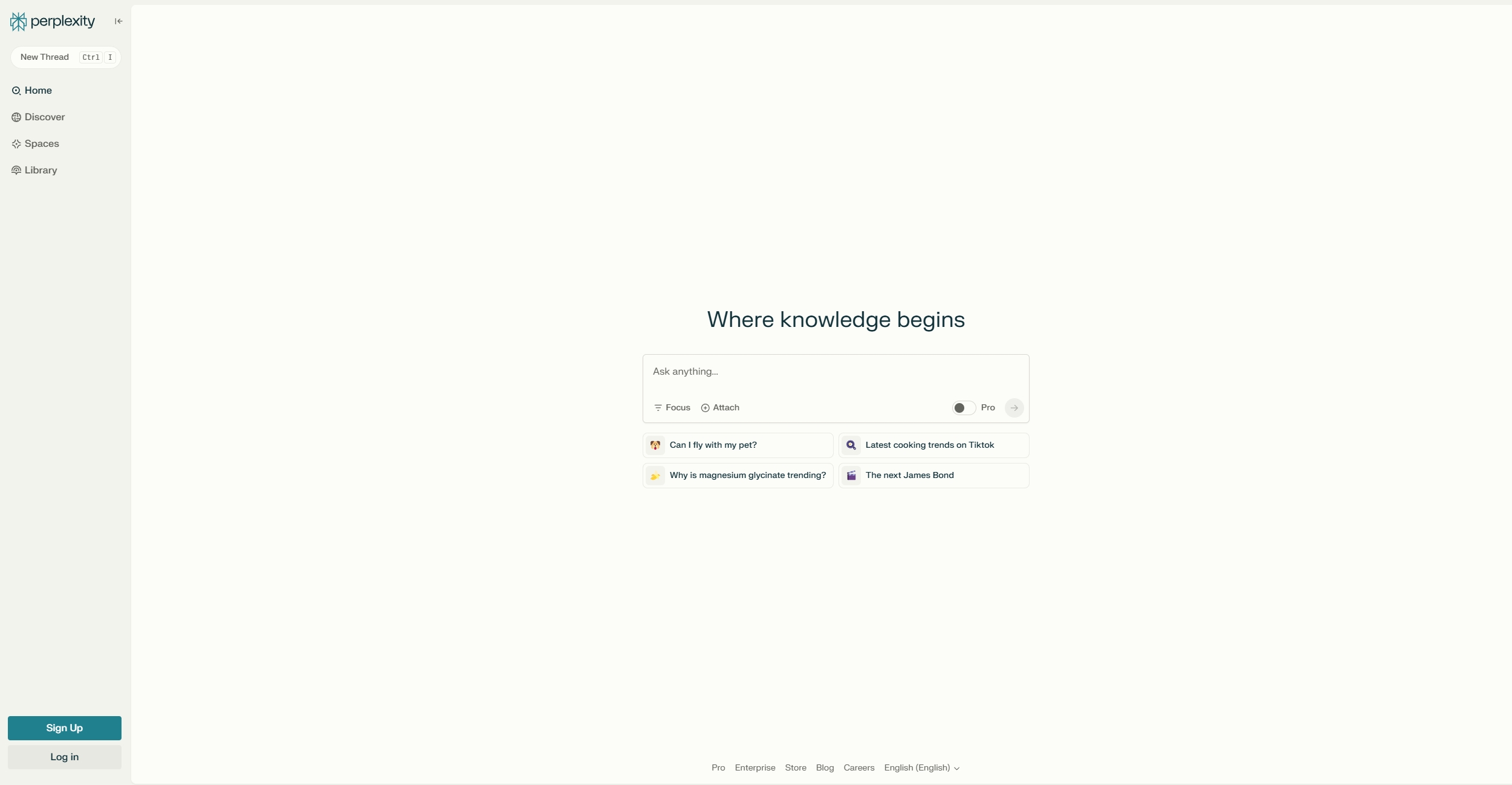
Key Features of Perplexity AI
-
Concise Information Retrieval: Perplexity AI excels at providing succinct summaries of complex topics, enabling users to grasp essential information quickly without sifting through extensive search results.
-
Accuracy in Responses: By aggregating data from reputable sources and including citations, Perplexity AI ensures that users receive reliable and verifiable information.
Ideal Use Cases for Perplexity AI
-
Research: Students and professionals can utilize Perplexity AI to obtain quick overviews and detailed insights on various subjects, streamlining the research process.
-
Question Answering: For straightforward queries requiring factual answers, Perplexity AI offers precise and immediate responses, making it a valuable tool for everyday information needs.
Limitations of Perplexity AI
While Perplexity AI is adept at delivering factual information, it may not perform as well in tasks requiring creative content generation or in-depth conversational engagement. Additionally, its reliance on existing web sources means that the quality of responses is contingent upon the available data.
In summary, Perplexity AI serves as an efficient tool for users seeking accurate and concise information, particularly in research and factual inquiry contexts. However, for tasks demanding creativity or extensive dialogue, alternative AI solutions may be more appropriate.
Overview ChatGPT
ChatGPT, developed by OpenAI, is an advanced conversational AI model designed to generate human-like text responses based on user prompts. Leveraging deep learning techniques, it can engage in coherent and contextually relevant dialogues across a wide array of topics.
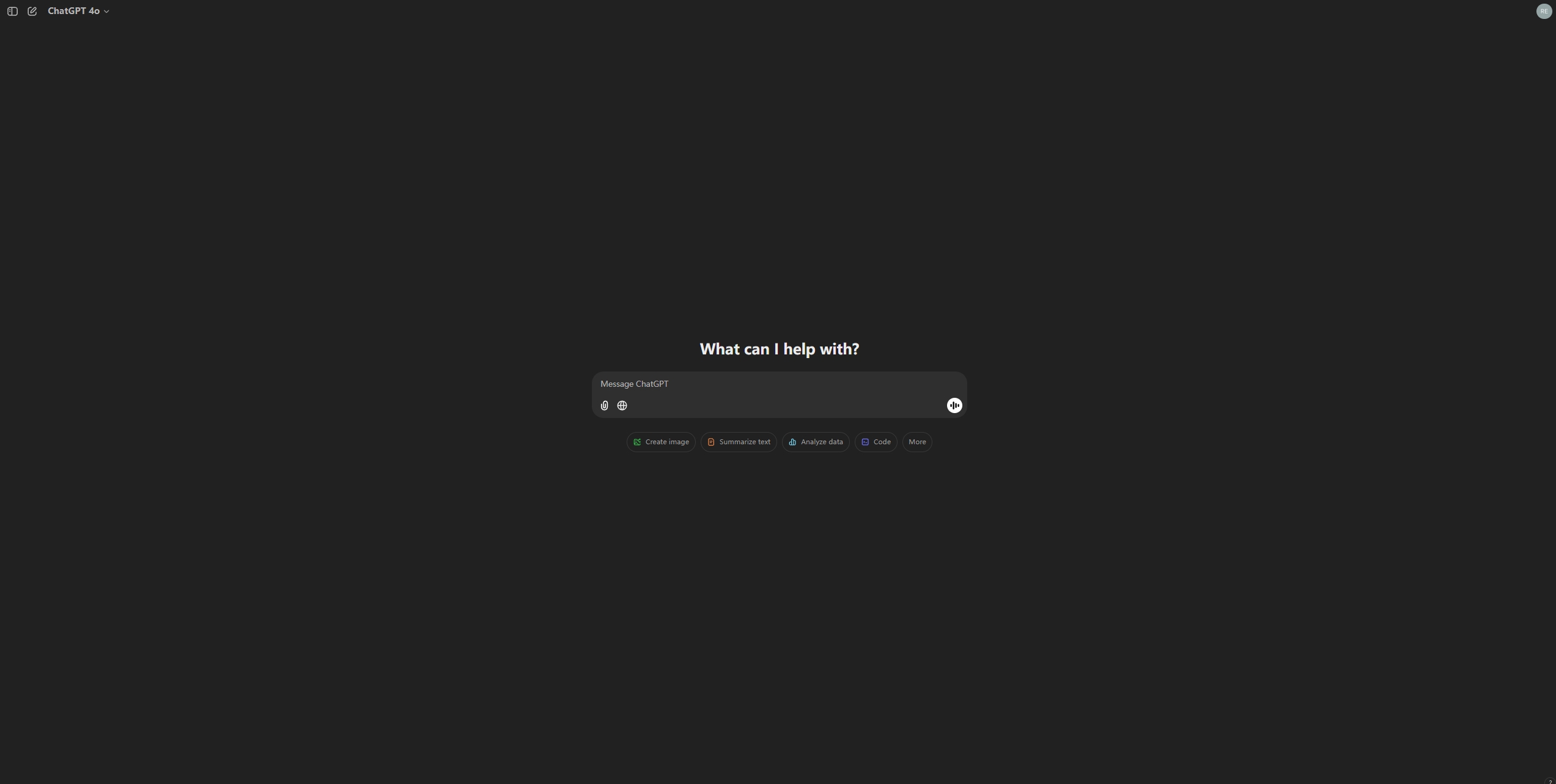
Key Features and Benefits of ChatGPT
-
Flexibility in Conversation: ChatGPT adeptly handles diverse conversational scenarios, from casual small talk to complex discussions, making it a versatile tool for various applications.
-
Creativity in Content Generation: Beyond standard dialogues, ChatGPT can craft creative content such as stories, poems, and articles, showcasing its ability to produce imaginative and original text.
Ideal Use Cases of ChatGPT
-
Customer Support: Businesses employ ChatGPT to automate responses to common customer inquiries, enhancing efficiency and providing prompt assistance.
-
Creative Writing Assistance: Writers and content creators utilize ChatGPT to brainstorm ideas, draft content, and overcome writer's block, benefiting from its creative text generation capabilities.
-
Coding Assistance: Developers find ChatGPT helpful in generating code snippets, debugging errors, and understanding programming concepts, thereby streamlining the coding process.
Limitations of ChatGPT
Despite its strengths, ChatGPT has certain limitations. It may occasionally produce verbose or overly detailed responses, and there's a risk of generating inaccurate or nonsensical information, known as "hallucinations." Therefore, it's crucial for users to critically evaluate its outputs and verify information when necessary.
In summary, ChatGPT offers a robust platform for conversational AI, excelling in flexibility and creativity. However, users should remain mindful of its limitations and apply it appropriately within its optimal use cases.
Head-to-Head Comparison: Perplexity vs ChatGPT
Choosing between Perplexity AI and ChatGPT requires a closer look at their features, usability, performance, and data privacy considerations. Both tools excel in their respective domains, but their strengths and weaknesses cater to different user needs.
|
Feature
|
Perplexity AI
|
ChatGPT
|
|
Accuracy
|
Highly accurate, verified responses
|
Generally accurate, some errors
|
|
Creativity
|
Limited
|
High (stories, coding, content)
|
|
Language Fluency
|
Brief and factual
|
Conversational and polished
|
|
Ease of Use
|
Simple, beginner-friendly
|
Broad functionality for all users
|
|
Multi-Language Support
|
Primarily English
|
Wide range of languages
|
Accuracy
Perplexity AI excels in delivering precise, fact-based answers by sourcing information directly from the web, complete with citations for verification. In contrast, ChatGPT generates responses based on its training data, which may not always reflect the most current information.
Creativity
ChatGPT stands out for its ability to produce creative and contextually rich content, making it ideal for tasks like storytelling and content generation. Perplexity AI, however, focuses on factual accuracy, which may limit its creative outputs.
Language Fluenc
Both platforms offer fluent language capabilities, but ChatGPT's extensive training data enables it to handle a broader range of conversational nuances.
Customization
ChatGPT provides more opportunities for customization, allowing users to tailor interactions to specific needs. Perplexity AI offers a more standardized response format.
Ease of Use
Perplexity AI's straightforward interface is user-friendly for both beginners and professionals seeking quick, factual answers. ChatGPT's interface supports more complex interactions, which may require a learning curve for new users.
Speed
Perplexity AI delivers rapid responses by fetching real-time data from the web. ChatGPT's response times are generally quick but can vary based on server load and query complexity.
Depth of Responses
ChatGPT provides more in-depth and elaborate answers, suitable for detailed discussions. Perplexity AI focuses on concise, to-the-point responses.
Multi-Language Support
ChatGPT supports multiple languages, enhancing its versatility. Perplexity AI primarily operates in English, which may limit its accessibility for non-English speakers. But also accommodating over 30 additional languages.
Data Privacy and Security
Both platforms have measures in place to protect user data. However, users should be cautious about sharing sensitive information, as AI chatbots can be targets for cyber threats. It's advisable to review each platform's privacy policies to understand how data is handled.
In summary, Perplexity AI is ideal for users seeking accurate, real-time information with concise responses, making it suitable for research and quick fact-checking. Conversely, ChatGPT offers creative and detailed conversational abilities, beneficial for content creation, coding assistance, and customer support. Selecting the appropriate tool depends on your specific requirements and the nature of tasks you aim to accomplish.
Use Cases and Recommendations
Choosing between Perplexity AI and ChatGPT depends on your specific needs. Below, we outline practical scenarios where each tool excels, complete with example prompts to help you understand how to use them effectively.
Perplexity AI: Ideal Use Cases
Academic Research
Perplexity AI’s strength lies in delivering concise, fact-based answers backed by citations. It’s ideal for tasks like gathering quick insights or verifying information.
Example Prompt: What are the main causes of climate change? Please cite sources.
Quick Fact-Checking
Whether you’re confirming a date, statistic, or historical fact, Perplexity AI ensures you get verified data quickly.
Example Prompt: Who was the president of the United States in 1985?
ChatGPT: Ideal Use Cases
Creative Writing
ChatGPT shines in generating creative content such as stories, poems, or marketing copy.
Example Prompt: Write a short story about a time-traveling cat.
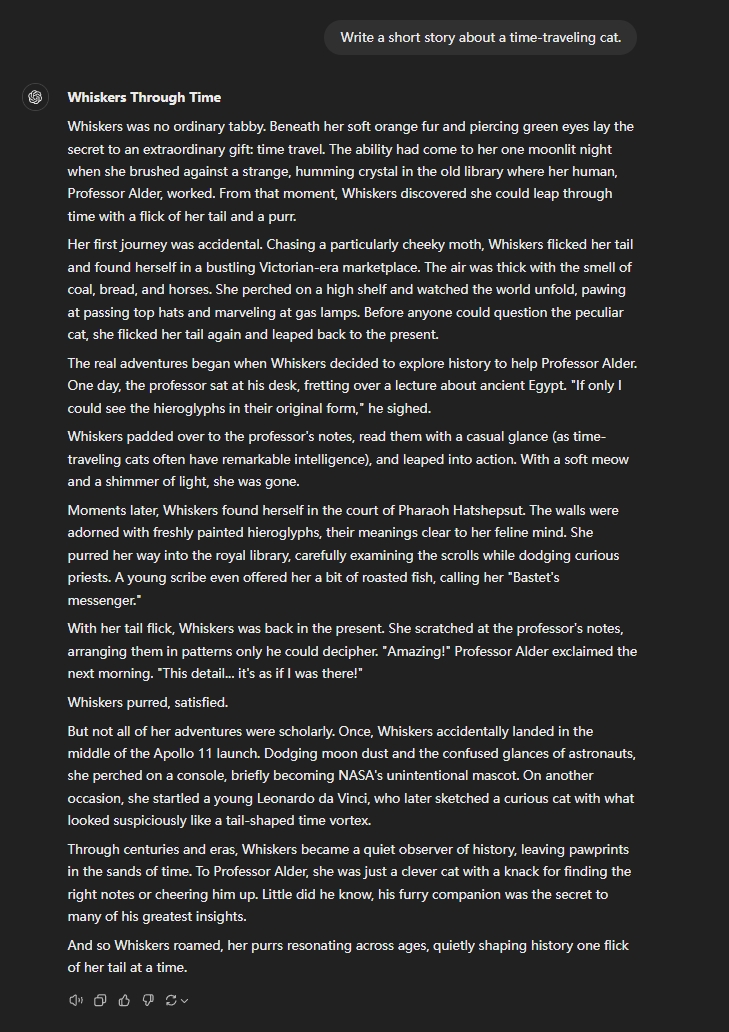
Customer Support
Businesses can use ChatGPT to simulate human-like conversations for customer service.
Example Prompt: Simulate a conversation where a customer asks about refund policies for an online purchase.
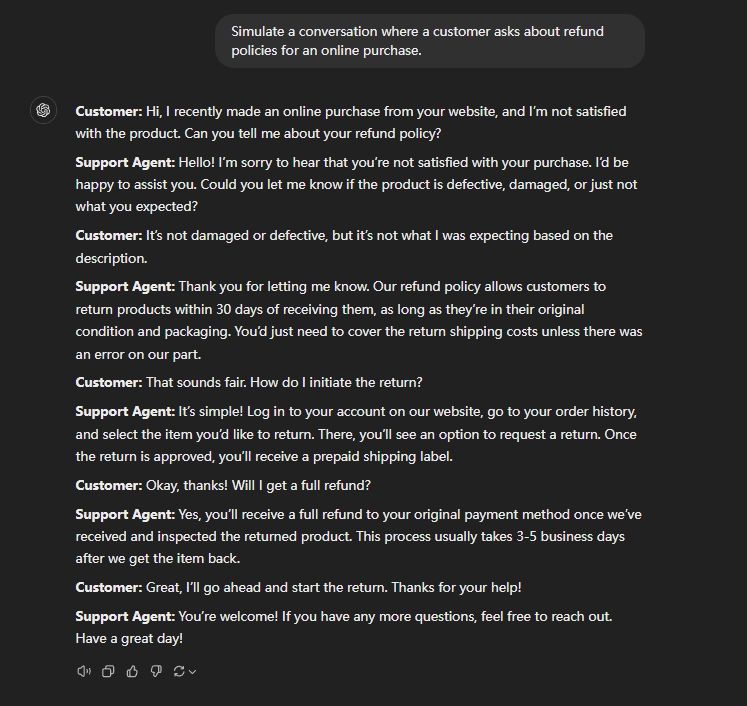
Coding Assistance
Developers can use ChatGPT for programming help, from debugging to writing code snippets.
Example Prompt: Write a Python script to calculate the Fibonacci sequence up to 100.
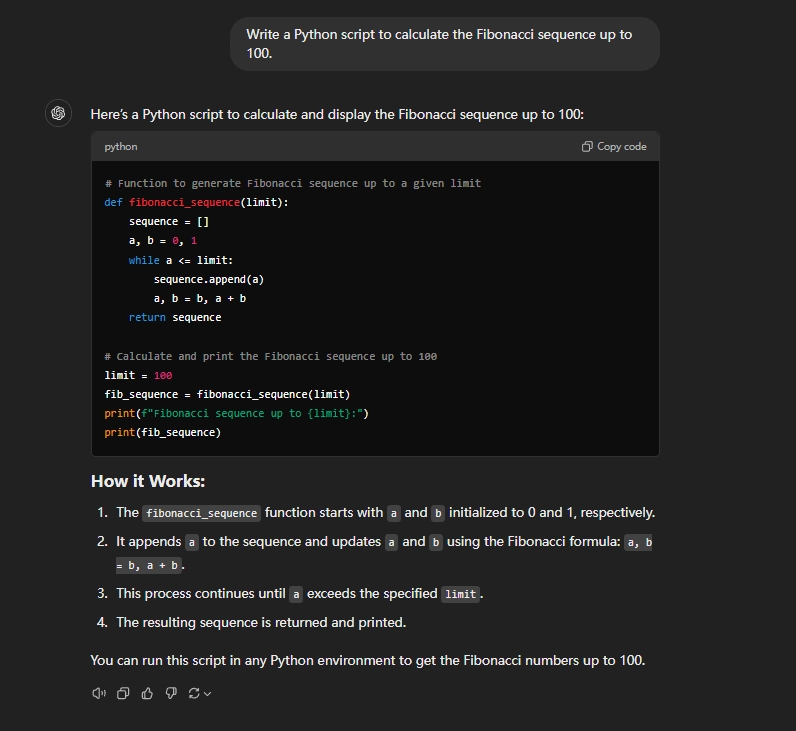
Pricing and Accessibility
Understanding the cost and accessibility of Perplexity AI and ChatGPT can help users choose the tool that best fits their budget and needs. While both platforms offer flexible options, their pricing structures and access models cater to different use cases.
Subscription Models and Free Trial Availability
-
Perplexity AI: Offers a free version with basic search functionalities and a limited number of Pro searches per day. For enhanced features, the Perplexity Pro subscription is available at $20 per month, providing access to advanced AI models and increased daily Pro searches.
-
ChatGPT: Provides a free tier with standard features. The ChatGPT Plus subscription, priced at $20 per month, grants benefits like general access during peak times, faster response rates, and priority access to new features and improvements.
Accessibility
-
Perplexity AI: Accessible via web browsers, with a user-friendly interface suitable for both beginners and professionals. It also offers API integrations, allowing developers to embed its AI-powered search into their own projects.
-
ChatGPT: Available through web browsers and has dedicated mobile applications, enhancing accessibility across devices. It supports API integrations, enabling seamless incorporation into various applications and workflows.
In summary, both Perplexity AI and ChatGPT provide flexible pricing and accessibility options tailored to diverse user needs. Assessing your specific requirements will help determine which platform offers the best value and accessibility for your use case.
Final Thoughts: Perplexity vs ChatGPT—Which is Right for You?
In evaluating Perplexity vs ChatGPT, it's clear that each AI tool offers distinct advantages tailored to specific needs. Perplexity AI excels in delivering concise, fact-based answers with cited sources, making it ideal for quick information retrieval and research tasks. Conversely, ChatGPT is renowned for its conversational fluency and creative content generation, benefiting users seeking engaging dialogues or assistance with writing and coding.
Your choice between these tools should align with your individual goals. If you prioritize accuracy and brevity, Perplexity AI is a suitable option. For more dynamic and creative interactions, ChatGPT would be advantageous.
To make an informed decision, consider exploring both platforms. Services like GamsGo offer affordable access to these AI tools, allowing you to experience firsthand which aligns best with your requirements.
By understanding the unique strengths of Perplexity and ChatGPT, you can select the AI assistant that best complements your objectives.
